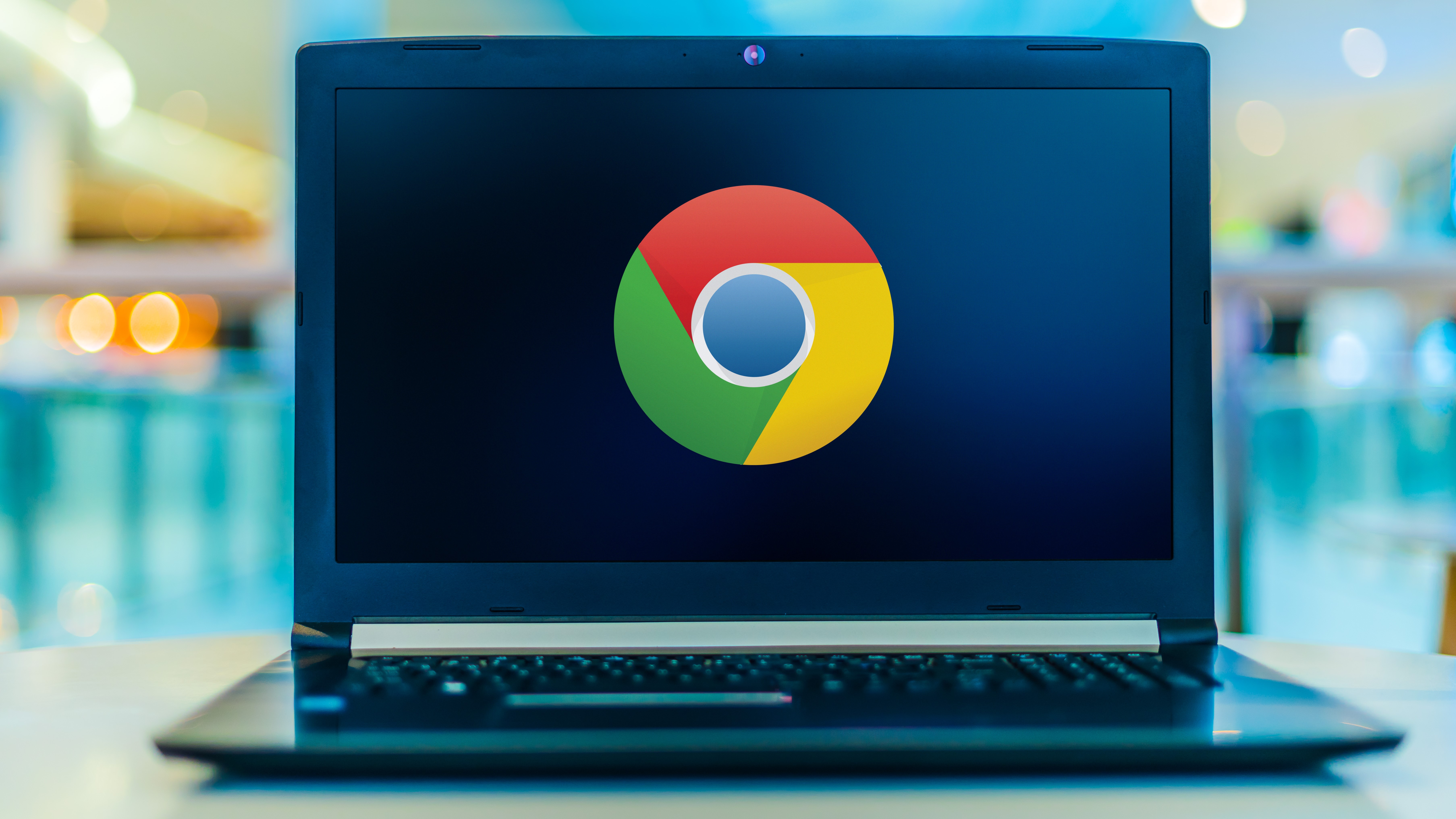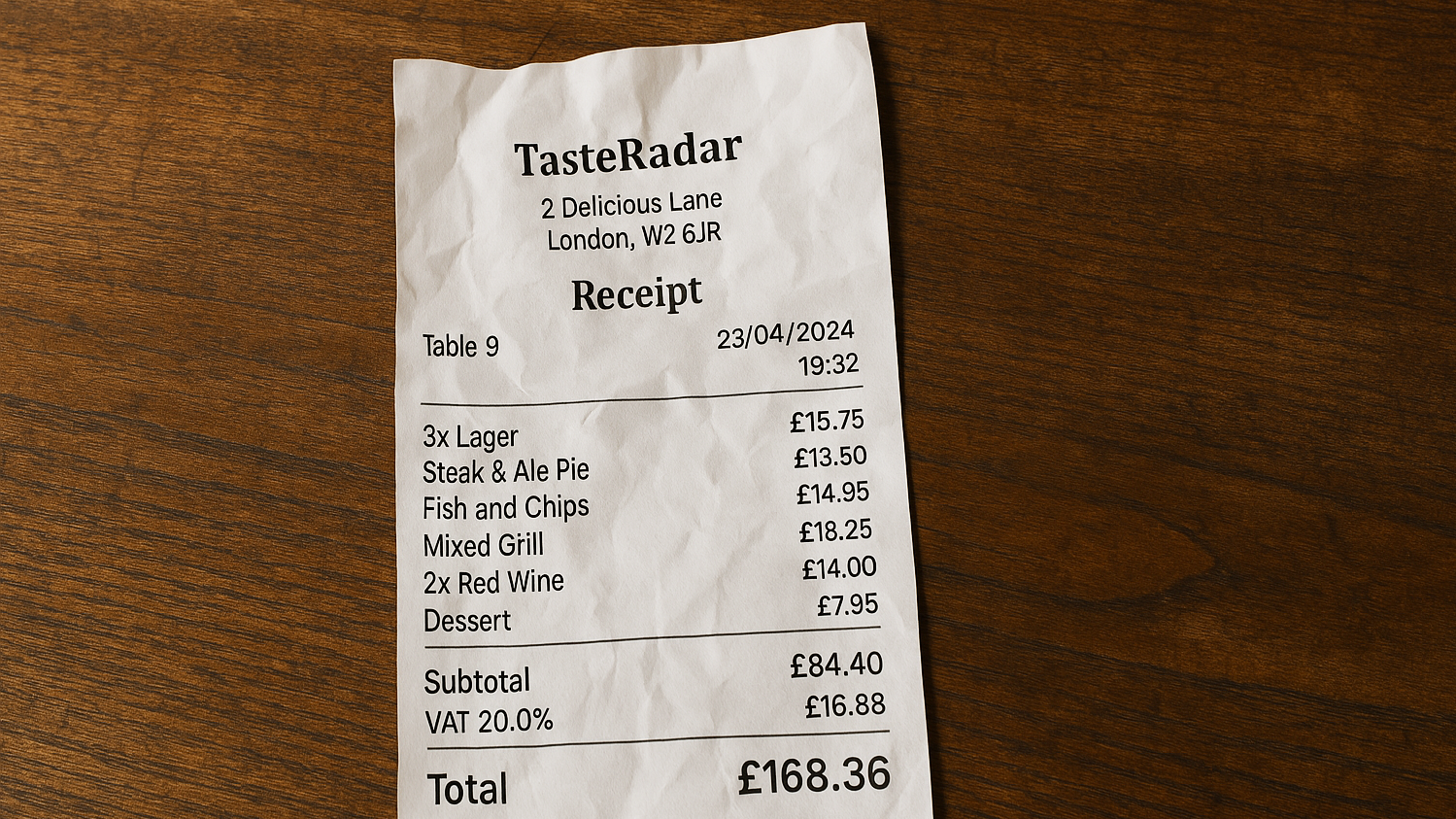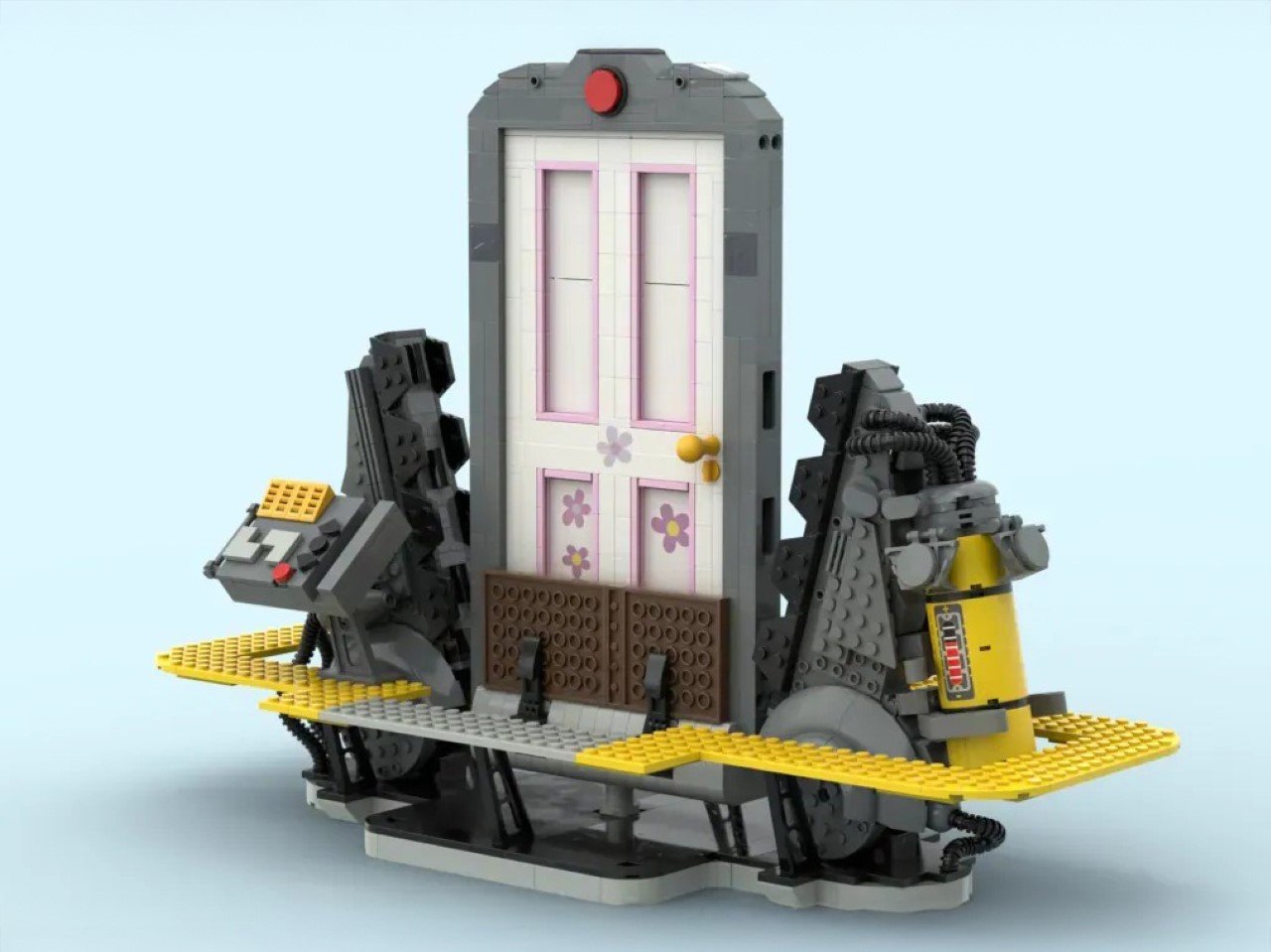www.yankodesign.com
A NAS should be on everyones tech shopping list in 2025. With cloud storage services hiking up subscription fees and quietly using personal data for AI training and targeted ads, its becoming painfully clear that owning your own storage isnt just a luxuryits a necessity. The days of blindly trusting big tech with your files are over. A NAS puts control back in your hands, ensuring your photos, videos, and important documents stay private and accessible on your terms. But while traditional NAS systems offer security and reliability, theyre bulky, stationary, and feel more like home-office furniture than a modern storage solution. Thats where the StationPC PocketCloud changes everything.Unlike the usual NAS setups that sit on a desk, packed with multiple drive bays and a tangle of cables, the PocketCloud is built for movement. Its a portable, modular NAS that gives you the best of both worlds: the flexibility of external SSDs with the redundancy and smart management of a proper NAS. Its two-part design keeps your data safe while allowing you to take a portion of it anywhere, making it the perfect blend of convenience and security.Designer: HOZO DesignClick Here to Buy Now: $199 $299 ($100 off). Hurry, only 273/300 left! Raised over $55,000.The PocketClouds signature innovation is its split-storage system. Instead of housing everything in a single bulky enclosure, it divides your storage into a compact, travel-friendly SSD unit and a base station that handles backups. The portable unit measures just 6 inches by 3.6 inches, weighs 363.5g (without SSDs), and fits easily in a pocket or bag. Meanwhile, the dock acts as a hub, keeping your data protected and allowing seamless synchronization. This means you can carry essential files with you while the rest remain securely stored at home, ready to sync when you reconnect.The PocketCloud supports M.2 NVMe 2280 SSDs with exFAT formatting, delivering speeds that make slow external drives look prehistoric. USB drive mode pushes read speeds of 1067MB/s and write speeds of 1050MB/s, but when accessing the SSD directly, performance jumps to 1625MB/s read and 1616MB/s write. Thats the kind of speed that makes a differencetransferring 10GB files in seconds, backing up a days worth of RAW photos in minutes, and loading media instantly without buffering.Theres a myth that only offices and photographers or creative studios with intranet file-sharing systems use Network Attached Storage solutions. Im here to bust that myth. Think of the NAS as a cloud drive, but rather than sitting in a server farm somewhere in some foreign country, it sits in your living room. You dont pay subscription fees to use the storage, and you certainly dont worry about getting hacked or spied on by larger corporations, nation-states, or LLMs looking to train on your data. Now heres the fun bit instead of using that drive space just to store backups of your phone or laptop, you can use it to run your own streaming service.No more shelling out extra bucks for Netflix, only to realize that The Office left the platform a month ago and now you have to pay Disney or Amazon money. Instead, just store media files on the PocketCloud, and you can literally stream movies on any device. Running on StationOS with the StationCloud app, it integrates seamlessly with popular streaming apps like Plex, allowing you to watch your own media library on demand. Movies, TV shows, music, or personal video collectionsall accessible without needing an internet connection or dealing with third-party platforms and their geographically limited libraries.For photo backups from your phone, PocketClouds dedicated app aims to provide the same gallery UI youd expect from Google or Apple. PocketClouds photos gallery lets you browse photos intuitively, while a locally-run AI groups similar photos by face, scene, or event, creating intuitive albums the way other gallery apps would. And yes, you can share galleries with family members (or friends) on the same NAS like you would on iCloud or Googles own Photos service.Under its hood, the PocketCloud runs on a quad-core Cortex-A55 processor (RK3568B2), paired with a Mali-G52 GPU and 2GB of LPDDR4 RAM. This might not sound like much compared to a desktop NAS, but for a portable device, its more than enough. It ensures smooth performance when managing files, syncing backups, and streaming media. Connectivity is equally impressive, featuring USB-A and USB-C ports (both at 10Gbps), an SD card slot, Bluetooth 5.2, and Wi-Fi 6 (802.11ax). Whether youre transferring files between devices or streaming content over a local network, the PocketCloud keeps up without breaking a sweat.The key difference between the PocketCloud and your standard NAS, however, is the inclusion of a battery, which bolsters portability. With a 23.04Wh battery, it offers around 6 hours of active use or up to 20 days on standby. Thats more than enough for an entire work session, a long-haul flight, or a weekend trip without constantly reaching for a charger. When it does need a power boost, the USB-C PD charging (12V/2.5A) brings it back to full in just 2.5 hours.Portability instantly means durability needs to be addressed too something PocketCloud does with its robust build quality. Constructed from ABS plastic, PC plastic, and aluminum alloy, it balances lightweight design with rugged reliability. Its built to survive life on the gowhether youre a photographer on a remote shoot, a digital nomad working from cafs, or just someone who prefers to keep their data close instead of locked away in some corporate data center.Despite its emphasis on offline storage, the PocketCloud doesnt ignore the benefits of cloud connectivity. It offers optional cloud integration, letting you choose which files get backed up online while keeping sensitive data private. This hybrid approach gives you the best of both worlds: local security with the flexibility of remote access when needed.So who is the PocketCloud for? Its a dream device for content creators handling massive media files, privacy-conscious users who dont trust big tech with their data, frequent travelers who need reliable storage on the go, and anyone tired of being locked into expensive cloud subscriptions. Its for photographers who need to back up thousands of images in minutes, for video editors who need high-speed storage that fits in a backpack, and for media enthusiasts who want a personal, always-available streaming service without the hassle of internet dependencies.Ive spent months researching NAS options, weighing Synology, TerraMaster, and WD against each other, trying to decide between raw performance, software features, and price. The problem with most NAS units? Theyre fantastic for home use but completely impractical once you step outside. The PocketCloud changes that equation. At $199 for the portable unit (or $298 with the dock), its not just a good NASits the first one that truly fits a modern, mobile lifestyle.Click Here to Buy Now: $199 $299 ($100 off). Hurry, only 273/300 left! Raised over $55,000.The post Looking for a NAS in 2025? We Found the Perfect One, and its Portable! first appeared on Yanko Design.












